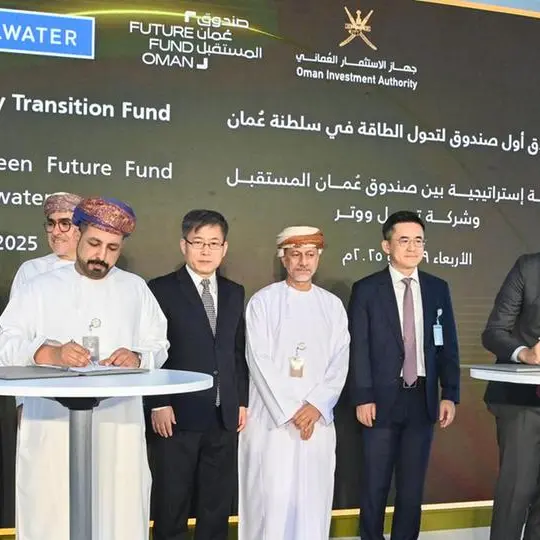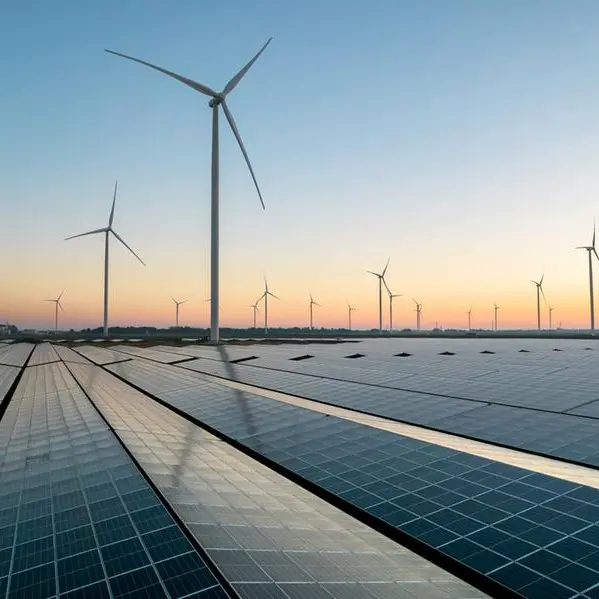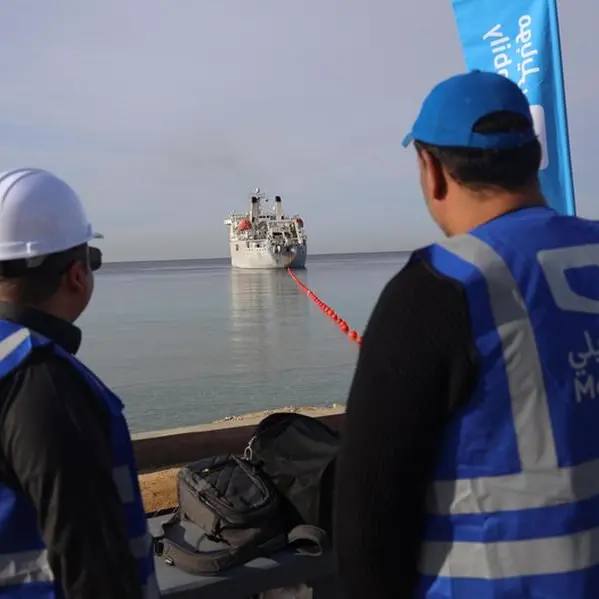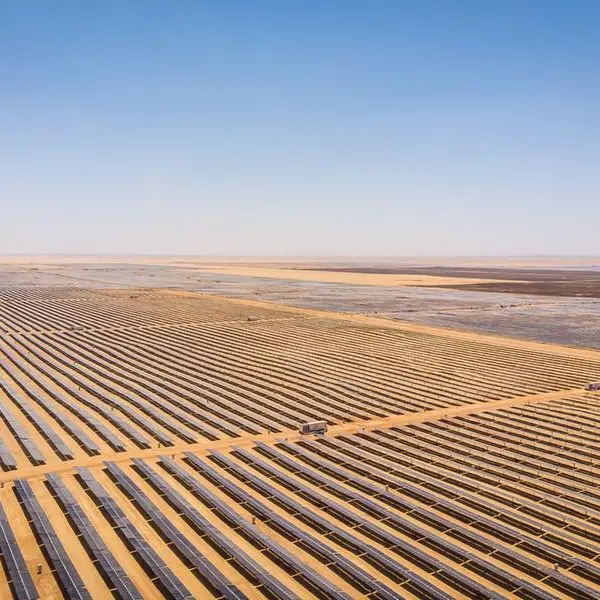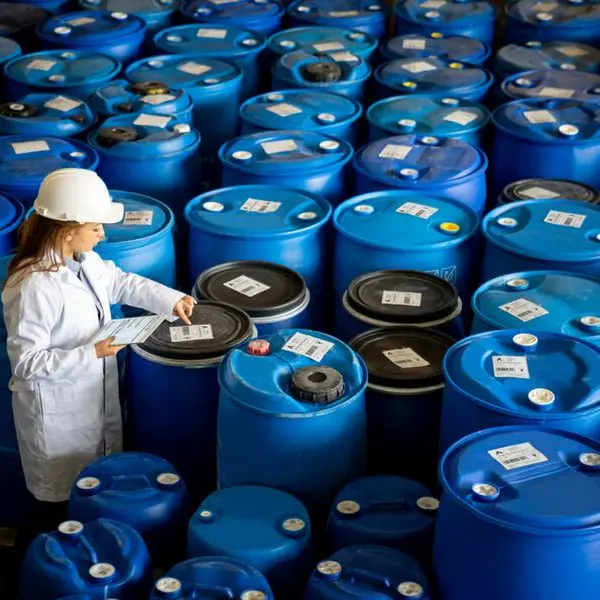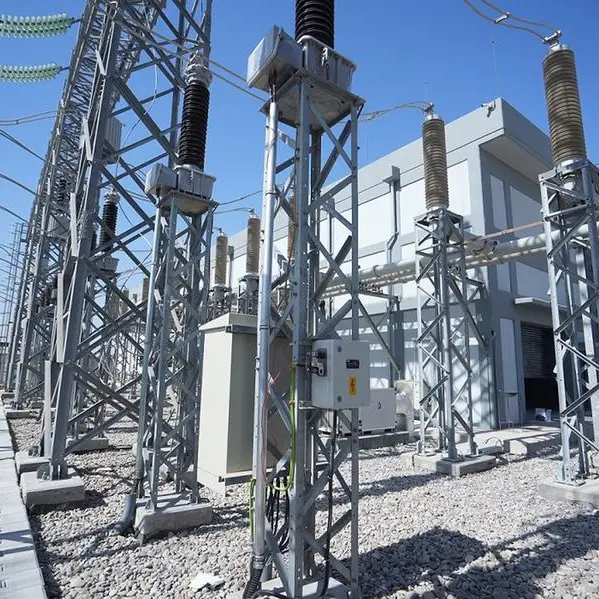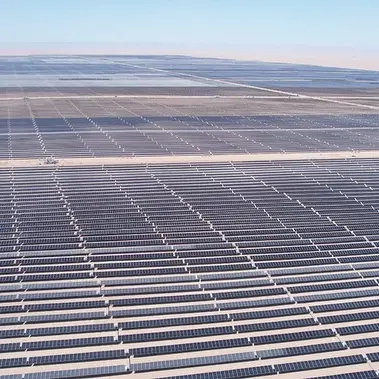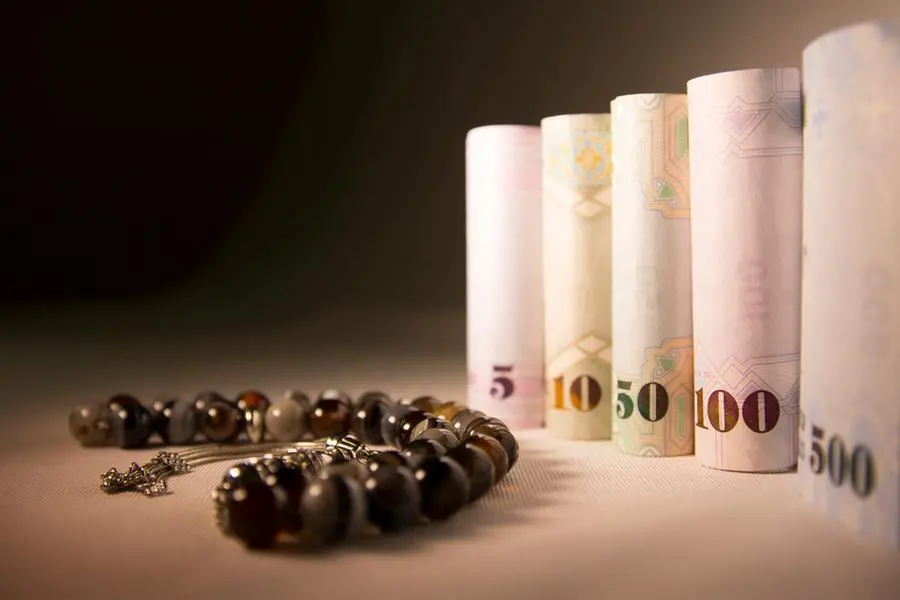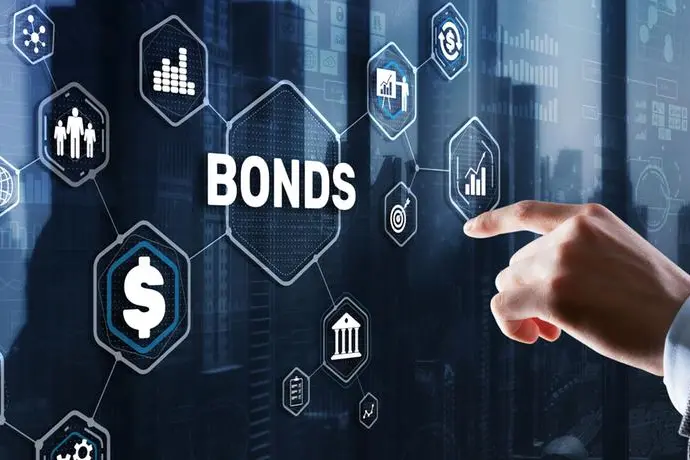PHOTO
The Middle East is undergoing a profound transformation, where sustainability and corporate responsibility are becoming central priorities. ESG (Environmental, Social, and Governance) principles are evolving from a luxury to a business imperative, especially within supply chains traditionally focused on efficiency and cost reduction.
As the region's economies diversify, there is increasing recognition of the need to balance environmental stewardship, social equity, and good governance. Companies like Emirates Global Aluminium (EGA) are leading this shift with initiatives such as their Green Finance Framework, which has provided $73 million in financing to suppliers, demonstrating how businesses can embed sustainable practices throughout their value chains. Similarly, Mashreq's commitment to a $30 billion sustainable finance portfolio highlights its growing focus on ESG-linked supply chain finance in the region.
The Energy Investment paradox
Despite this progress, research from the IEA reveals a stark contrast between the Middle East’s reliance on fossil fuels and its emerging clean energy sector. The region, home to five of the world's top oil producers, invests only 20 cents in clean energy for every dollar spent on fossil fuels, with energy investments projected to reach approximately $175 billion in 2024. With clean energy expected to comprise around 15 percent of this total, this will more than triple clean energy investment to 70 cents for every dollar spent on fossil fuels, marking a significant move toward cleaner supply chains.
A McKinsey survey underscores the challenges within this transition, revealing that 45 percent of respondents lack visibility into their upstream supply chain emissions or can only see as far as their first-tier suppliers. This highlights a critical gap in understanding and managing emissions across the entire supply chain.
Not merely a trend but a necessity
ESG provides a comprehensive framework for addressing the challenges and opportunities in supply chains. Neglecting ESG is akin to building on shifting sands—a recipe for risk, reputational damage, and financial instability. Recognising ESG as a strategic imperative rather than a compliance issue can drive long-term value creation.
However, despite 70 percent of businesses claiming to embrace sustainability, there is often a gap between commitment and understanding, with a lack of true grasp on emission calculations and reduction processes. The region faces challenges such as limited standardised reporting, inadequate tracking of Scope 1 and Scope 2 emissions, restricted access to finance for sustainable projects, and a shortage of skilled professionals. Yet, these challenges also present opportunities for innovation and leadership.
Pioneering initiatives
Countries like the UAE and Oman are setting ambitious net-zero targets by 2050, driving investments in solar and renewable energy. Oman, for instance, is making strides with its major solar initiative, the Ibri II Solar Project. This project aims to be one of the largest solar farms in the region, significantly boosting Oman’s renewable energy capacity and supporting its broader sustainability goals.
Micro case studies from the UAE illustrate ESG integration in supply chains. Masdar City in Abu Dhabi stands out for its focus on energy efficiency, waste reduction, and green building. DP World in Dubai has reduced its carbon footprint through solar panels and renewable energy in its supply chain. Additionally, Emirates NBD's Green Auto Loan promotes the adoption of electric and hybrid vehicles, supporting sustainability in transportation.
Major projects such as the Al Shuaibah solar plant in Saudi Arabia, the Mohammed bin Rashid Al Maktoum solar park in the UAE, and the Ibri II Solar Project in Oman are advancing. Investments are also increasing in blue and green hydrogen and critical minerals. Saudi Arabia’s $182 million mineral exploration programme and the UAE’s $1.9 billion mining partnership in the DRC, along with new agreements in Zambia, are shaping ESG integration in regional supply chains.
Navigating the future of ESG in Supply Chains
The Middle East is at a pivotal moment in its journey toward ESG integration, with an anticipated 20 percent rise in capital market activities for green, blue, and project bonds by the end of 2024 compared to 2023. The region's emphasis on large-scale renewable energy projects and substantial investments in clean technology are commendable steps toward a sustainable future. However, the challenge remains in bridging the gap between ESG commitments and actionable insights, especially concerning upstream supply chain emissions and standardised reporting.
For businesses and investors, the evolving landscape presents both risks and opportunities. Long-term success will depend on the ability to align ESG goals with operational realities, navigate complex supply chains, and harness emerging technologies. The region's advancement in ESG integration will be instrumental in attracting global investment and sustaining a competitive advantage. However, it must also prioritise transparent reporting, effective emissions management, and fostering innovation to embed sustainability throughout the value chain.
By addressing gaps in supply chain visibility and standardising ESG metrics, the Middle East has the potential to lead in global sustainable development and drive impactful sustainability strategies.
(The Author is the founder of ESG Middle East Insights. She is an ESG advisor specialising in SDGs and economic diversification and holds a certification is CFA ESG Investing. She is also a certified UNCTAD Youth Network coordinator. Any opinions expressed in this article are the author’s own)

